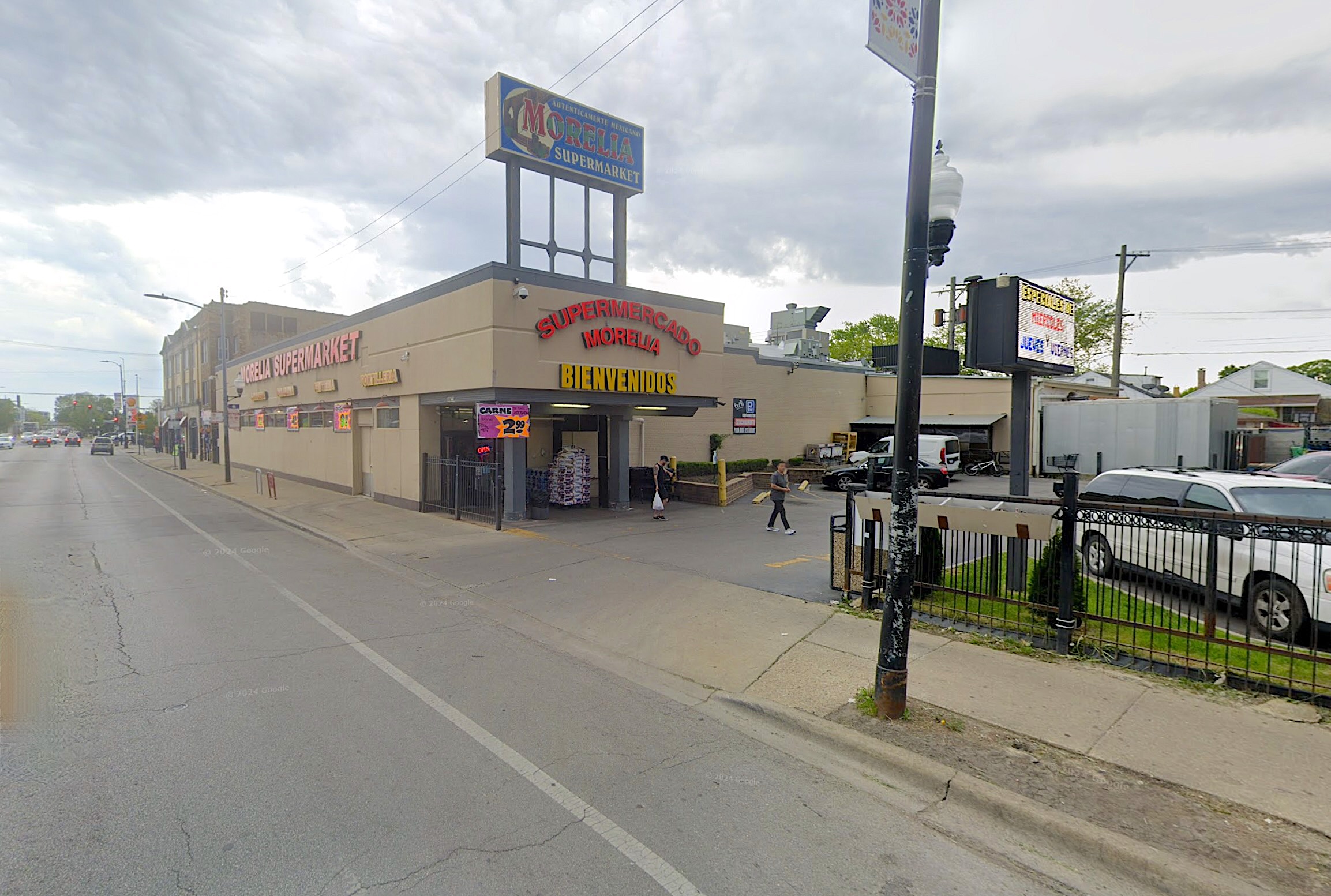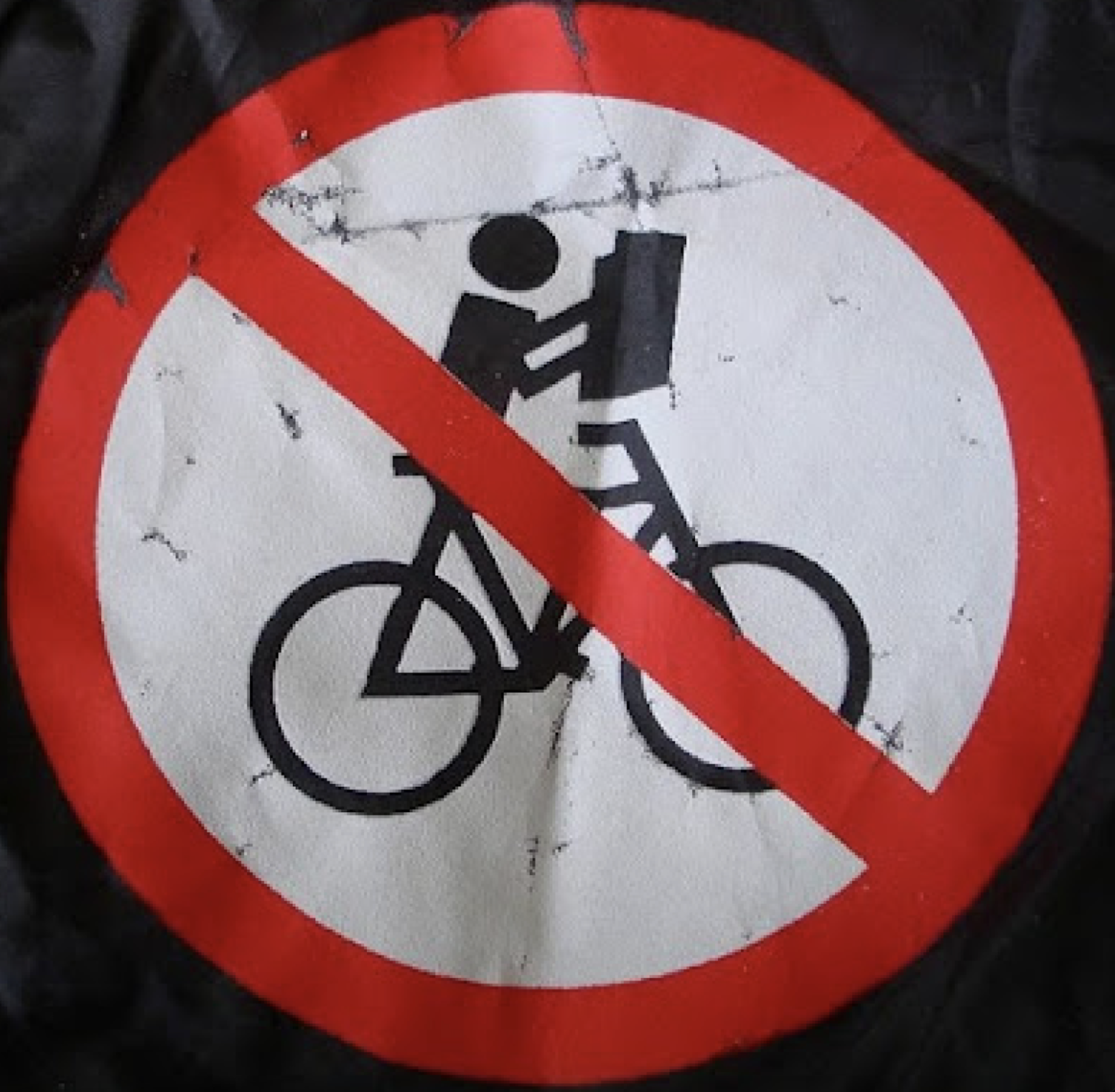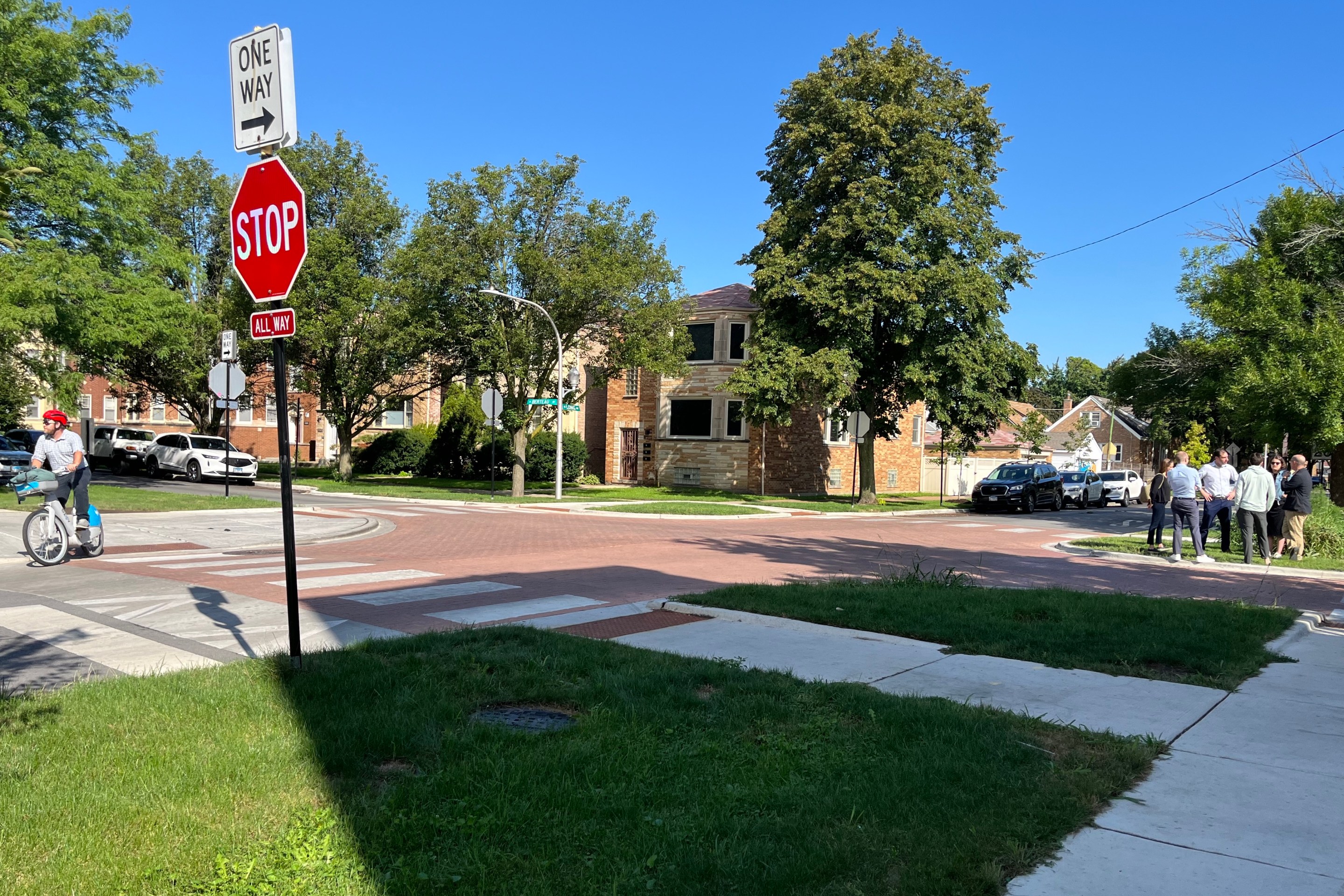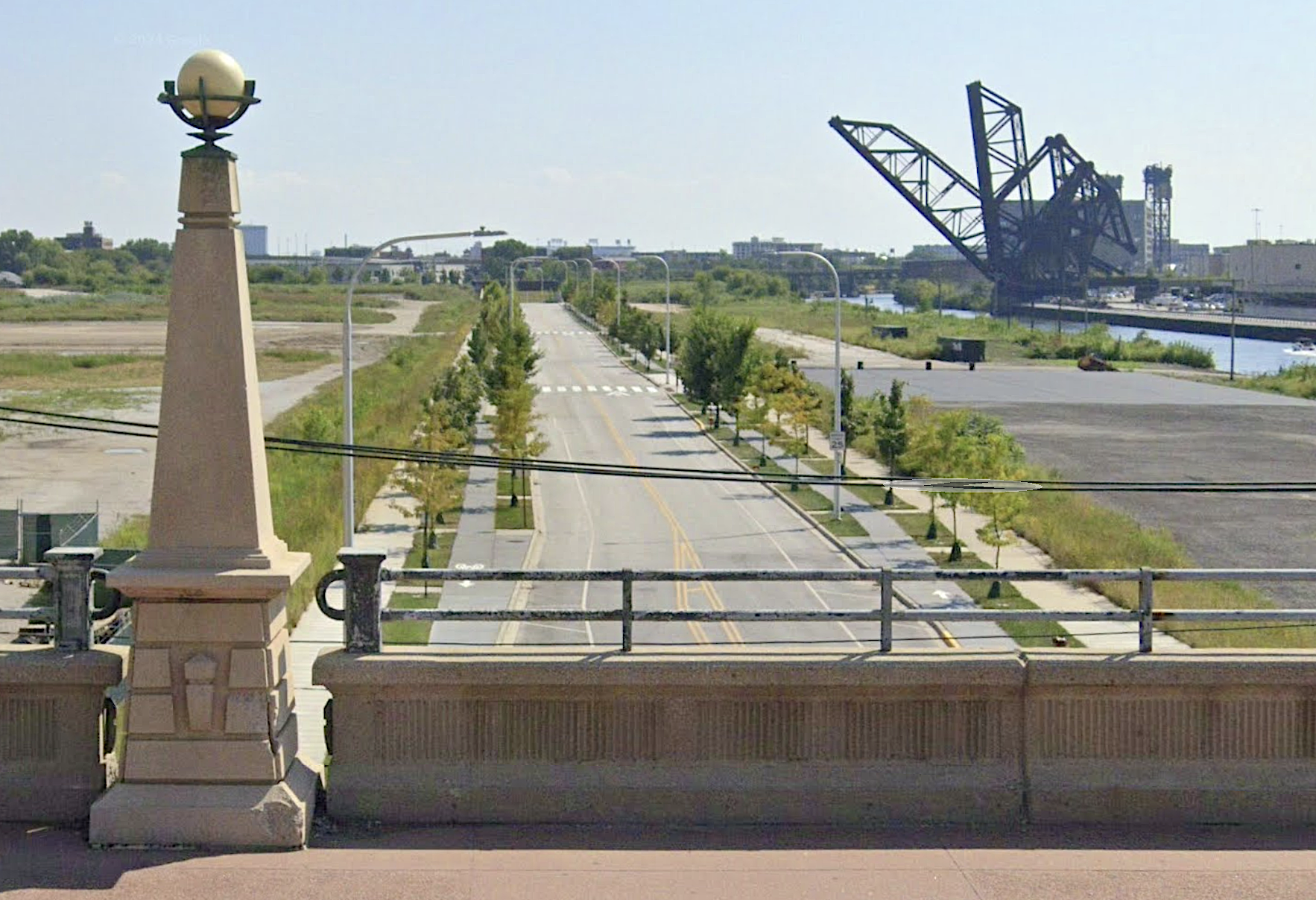The project to replace and expand the I-5 bridge between Oregon and Washington, a.k.a. the "Columbia River Crossing," has been watched by transportation experts around the country as a case study in the dynamics of a highway boondoggle. Earlier this year, when state lawmakers in Washington State refused to fund their portion of the project, observers proclaimed the project dead.
But big highway proposals die hard. Groups invested in the concept recently revived the plans and are pressing again to build it, with some revisions.
Despite the recent setback, the new version has many of the same flaws that made the previous proposal so unpopular. Basically, the expense can't be justified. Aaron Renn at the Urbanophile points to a recent report by economist Joe Cortright, who flagged an analysis of the CRC for investors by project consultant CDM Smith. Those forecasts, obtained by Cortright through a public records request, predict that traffic on the bridge will actually decline after it is built and tolled -- an outcome that is completely at odds with what Oregon DOT claimed in its environmental impact statement.
Renn writes:
Oregon DOT director Matt Garrett released a letter in response in which he says, “This work is fundamentally different than the traffic analysis completed for the Final Environmental Impact Statement, and with very different goals in mind.” I agree. The FEIS was performed with the goal of getting this bridge the DOT wanted built approved. The toll study was designed to withstand financial scrutiny on Wall Street and be relied on in selling securities. I’ll let you be the judge of which is more likely to be closer to the truth.
Cortright's paper raises a host of other questions about the transportation impacts of the CRC and its financial viability. Renn says the whole scenario reminds him of a highway bridge debacle unfolding in the Louisville area so much, that it seems like state DOTs have the same playbook when it comes to manipulating data to justify wasteful projects:
Want to know how it is that we spend so much money on transport infrastructure and get so little value? It’s because far too many of our highway dollars go into boondoggle mega-projects ginned up through political pressure ... instead of into projects that make transportation sense.
Elsewhere on the Network today: World Streets outlines some of the trends emerging in the North American car-sharing industry. Systemic Failure explains one of the chief drawbacks of sharrows. And Urban Review STL ponders how to reduce conflicts between bus routes and major civic events on downtown streets.






